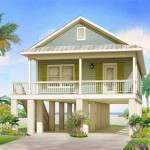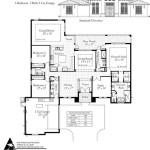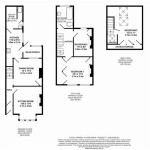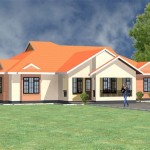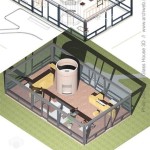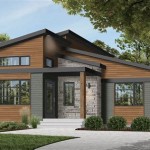Essential Aspects of House Plans Energy Efficient
Energy efficiency has become increasingly important in modern architecture due to rising energy costs and environmental concerns. By incorporating energy-efficient principles into house plans, homeowners can significantly reduce their energy consumption, lower their utility bills, and minimize their environmental impact. Here are some crucial aspects to consider when designing energy-efficient house plans:
1. Orientation and Design:
Properly orienting a house to take advantage of natural sunlight and breezes can significantly reduce energy consumption for heating and cooling. South-facing windows allow for passive solar heating during winter, while overhangs and awnings can shade windows from excessive summer sun. Additionally, compact and well-proportioned designs minimize exterior surface area, reducing heat loss and gain.
2. Envelope Insulation:
Insulating the building envelope (walls, roof, and floor) is crucial for minimizing heat transfer. High-performance insulation materials, such as fiberglass, cellulose, or spray foam, should be used to create a thermal barrier that reduces energy loss and improves temperature control.
3. Air Sealing:
Air leakage through gaps and cracks in the building envelope can account for significant energy loss. Proper air sealing measures, including caulking, weatherstripping, and foam gaskets, should be implemented around windows, doors, pipes, and electrical outlets to prevent air infiltration and reduce energy consumption.
4. Efficient Windows and Doors:
Windows and doors are potential sources of heat gain and loss. Energy-efficient windows with double or triple glazing, low-emissivity (low-E) coatings, and argon-filled cavities can significantly reduce heat transfer and improve insulation. Similarly, weatherstripped doors with tight seals ensure minimal air leakage.
5. HVAC System Design:
The heating, ventilation, and air conditioning (HVAC) system plays a vital role in energy consumption. Efficient HVAC systems, such as heat pumps, geothermal systems, or solar-powered HVAC, can drastically reduce energy usage compared to conventional systems. Additionally, proper ductwork design and regular maintenance ensure optimal performance and minimize energy loss.
6. Renewable Energy Integration:
Incorporating renewable energy sources, such as solar panels or wind turbines, into house plans can further reduce energy dependence and environmental impact. Solar panels generate electricity from sunlight, offsetting the need for grid-supplied power, while wind turbines harness wind energy to generate electricity or supplement heating and cooling systems.
7. Passive Design Strategies:
Passive design techniques, such as natural ventilation, thermal mass, and daylighting, can significantly reduce energy consumption. Natural ventilation promotes airflow through operable windows and doors, reducing the need for mechanical cooling. Thermal mass, in the form of concrete or masonry, absorbs and releases heat, stabilizing indoor temperatures. Daylighting optimizes natural light, minimizing the need for artificial lighting.
By incorporating these essential aspects into house plans, homeowners can create energy-efficient dwellings that not only offer comfort and convenience but also reduce their energy costs and environmental footprint. Investing in energy-efficient designs can lead to long-term savings and contribute to a more sustainable future.

Cool Energy Efficient Concrete House Plans Houseplans Blog Com

Energy Efficient Home Things To Consider Perry Homes

Energy Efficient Home Design Plans Cad Pro

Energy Efficient House Plan 55060br Architectural Designs Plans

Cool Energy Efficient Concrete House Plans Houseplans Blog Com
Seven Efficient And Flexible Floor Plans Builder

Sustainable Building In 2024 Energy Efficient Kit Homes

Dpe House Design Studio Energy Efficient S

How To Build An Energy Efficient Home

4 Bedroom Archives Seco Homes Your Eco Friendly Energy Efficient Home Builder

